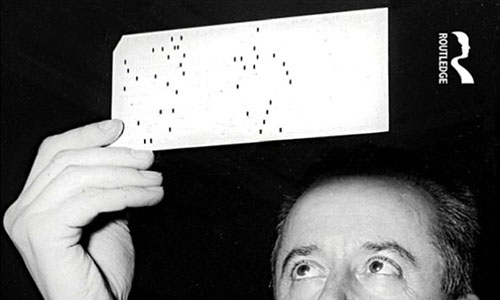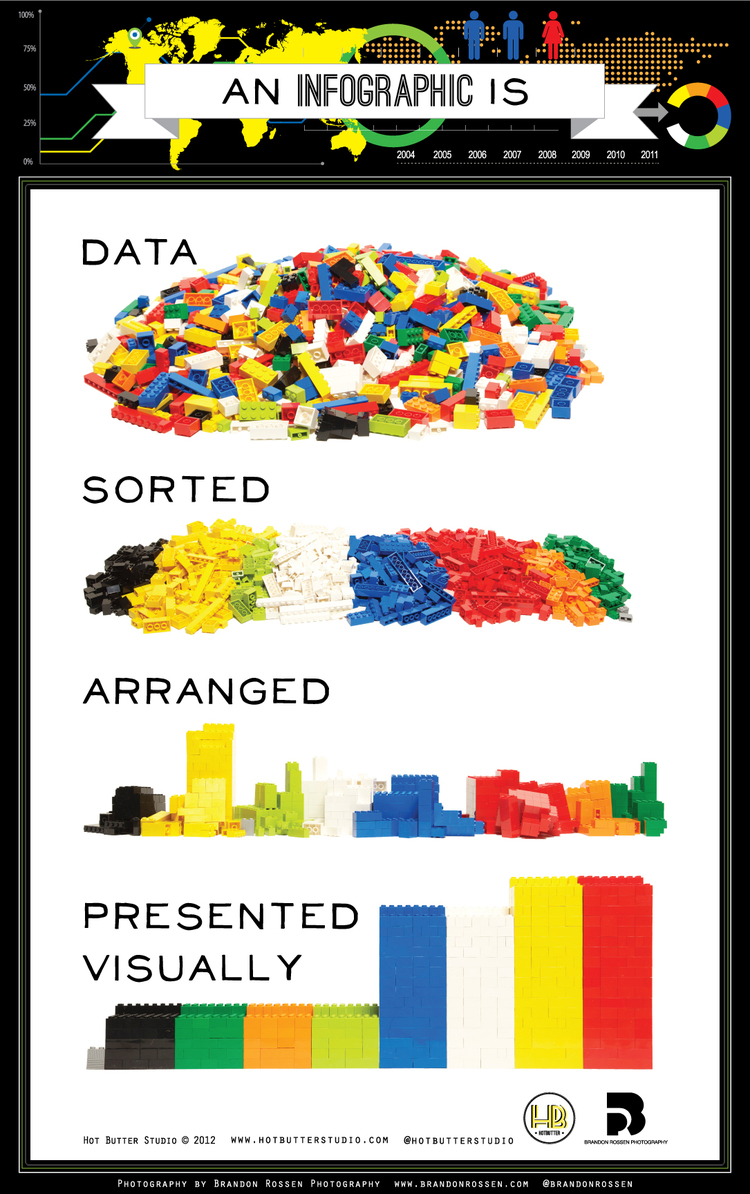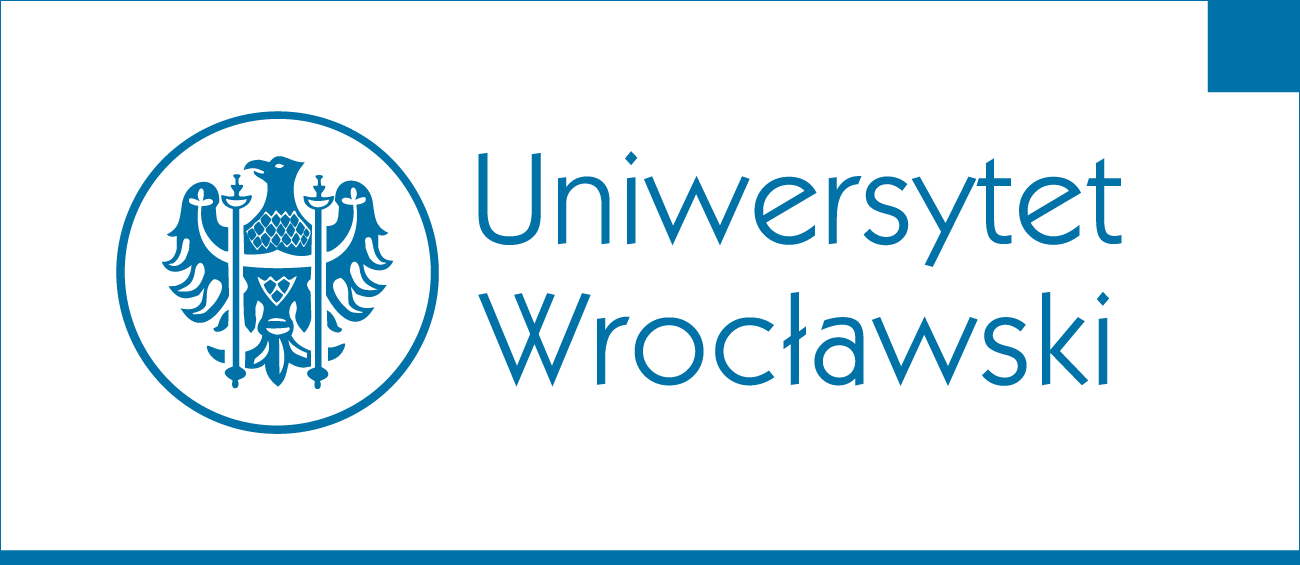Humanidades digitales
Breve introdución
☷
Contenido
- Portada↡(1-2)
- Studia humanitatis↡(3-6)
- Primeros pasos: Busa↡(7-12)
- Text encoding↡(13-15)
- Internet & WWW↡(16-17)
- HD & datos↡(18-20)
- HD como disciplina↡(21-24)
- Referencias↡(25)
- Impressum↡(26)
Studia humanitatis
Cultivo y enseñanza de las lenguas clásicas, literatura, arte; recuperación e interpretación de los clásicos.
Ratio Studiorum: matemáticas, lógica, gramática, retórica, humanidades...
Humanistas.
Background image: Astronomical Vovelle, 1386, The J. Paul Getty Museum
Digital, cyfrowy, numérique

Dígitos, cálculo, matemáticas, pero también computación (algoritmo):
Conjunto ordenado y finito de operaciones que permite hallar la solución de un problema.
Humanidades digitales
Naturwissenschaften frente a Geisteswissenschaften?
([Humanities Computing]
Digital Humanities)
Primeros pasos
1) Lexical Text Analysis
Roberto Busa (1913–2011), Tomás de Aquino & IBM: 1949

Index verborum/thomisticus
Tarjetas perforadas (punch card).
Programa de concordacias con entradas lematizadas.
Índice (impreso) de todas las palabras en las obras de Aquino con referencia al lugar donde están (11 millones de palabras en latín medieval)
Concordancia, lema, lematizar
Ejemplos contemporáneos
- Concordancias en el Héroe de Baltasar Gracián
- Concordancias y lemas en el corpus thomisticum
- Búsqueda lematizada: DIRAE
2) Machine Translation & Computational linguistics: 1953
- Listados de palabras, vocabularios, lexicografía, recurrencias...
- Introduction to Computers in the Humanities (IBM, 1971); Literary Data Processing (IBM, 1971); Computers in Anthropology and Archaeology (IBM, 1971).
3) Text encoding
Necesidad de un código estándar para la lectura automática de textos destinados a la investigación científica
- TEI (Text Encoding Iniciative) Guidelines: 1 versión en 1990.
- Generalized Markup language (SGML) · 1986 como ISO (International Organization for Standardization)
- eXtensible Markup Language (XML) · 1996
Internet & WWW
- Impacto inesperado de la WEB · 1989
- HyperText Markup Language (HTML)
HTML como problema (procesadores de texto, wysiwyg).
Internet & WWW
- Impacto inesperado de la WEB · 1989
- HyperText Markup Language (HTML)
Humanidades digitales & datos

- Datos no estructurados frente a datos estructurados (procedural o descriptivo).
- Datos inteligentes.
- Gran cantidad de datos: big data.
distant reading vs. close reading
Datos & Preservación
HD como disciplina: recapitulación
Medios textuales
- Análisis computacional de textos, concordancias, estilometría.
- Edición crítica de textos (literatura, historia, correspondencia,...).
- Lingüística de corpus, procesamiento de lenguajes naturales (NLP: Natural Language Processing, NLG: Natural Language Generation).
Medios no textuales
- Tratamiento de imágenes de manuscritos, visualización de datos.
- Historia del arte, arqueología, cine.
- Sonidos, partituras (Music Encoding Initiative, MEI).
Textos e imágenes como fuente
- Desarrollo de bases de datos, ontologías, bibliotecas digitales.
- Datos en un entorno geográfico con GIS (Geographic information system).
HD como teoría
- Impacto de los nuevos medios en la sociedad.
- Reflexión teórica y metodológica sobre las HD.
HD: ¿herramienta o método?
- Solo técnicas e instrumentos de trabajo.
- Nuevas hipótesis y métodos.
Referencias
J. Drucker (ed.), DH101. Intro to Digital Humanities, 2014.
S. Hockey, The History of Humanities Computing, en: S. Schreibman, R. Siemens, J. Unsworth, A Companion to Digital Humanities, Oxford, Blackwell, 2004.
F. Jannidis, et alii (ed.), Digital Humanities. Eine Einführung, 2017.
E. Vanhoutte et alii (ed.), Defining Digital Humanities. A Reader, Ashgate, 2013.

